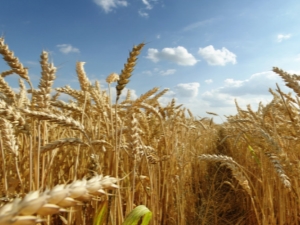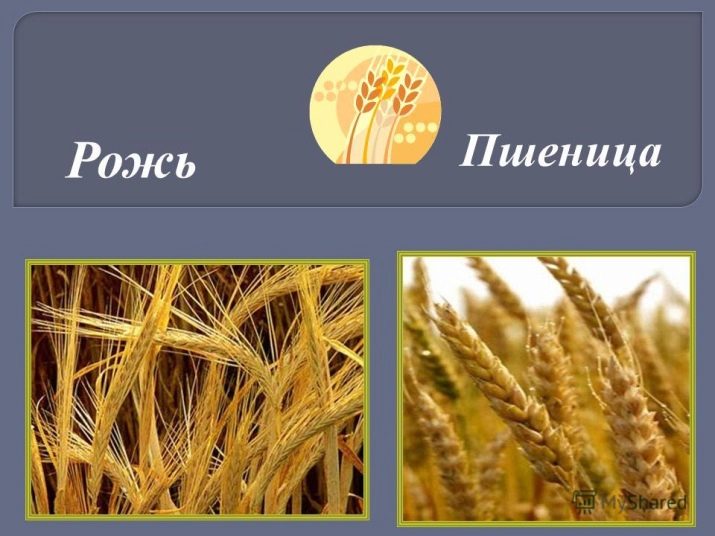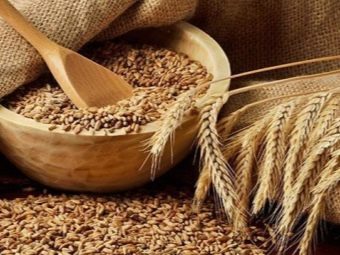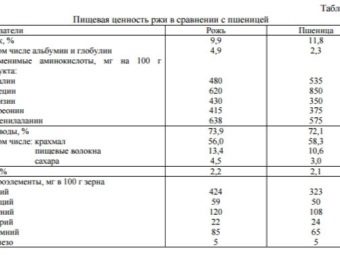What is the difference between wheat and rye?

Cereals (cereals) have been grown for several millennia. They have gigantic food and even cultural significance. But modern people have little idea of the difference between individual cereal crops.
Characteristics of plants
Rye
Both cereals can be grown in the spring and winter regimes. This solution allows you to get more grain with optimal use of fields. But rye is much better adapted to growing in Russia. Even with a snowless winter, she is not afraid of a frost of 30 degrees. That is why this plant is actively grown in the northern and central regions.
For the cultivation of rye fit a variety of areas. This culture matures well on clay and sand, even if they are not rich in nutrients. The cereal doesn't care what the acidity level of the earth is. Moreover, he will be able to make clay fields better. After rye, such areas turn out to be looser and increase their drainage characteristics.
Excessive moisture levels for rye are not terrible. It has excellent immunity against fungal diseases. But the problem is that the elongated rye stem lays more often than the wheat spike. This complicates the harvest and slows it down. But there are other advantages.
- Rye quickly rises even in relatively unfavorable conditions.
- There are 12 wild-growing varieties per 1 cultural species of this grass.
- Straight, hollow inside the stem is covered with special bluish leaves.
- Spike grows in two rows.
- The roots of rye are very well developed, they reach a depth of 2 m. It is this property that makes it possible to obtain decent yields on poor sand.
Wheat
Wheat, regardless of the varietal group, pollinates itself. The yield is determined by climatic factors. For this plant, the duration of the light during the day and the heat input are critical. Very bad for the condition of wheat plantations affected by strong winter cold. Often, with a small amount of snow, winter wheat does not survive until spring.
This plant is demanding to the ground. The best yields are achieved on nutrient rich black soil. The podzolic soil will also be good. But the high acidity of the earth immediately ruins the wheat. If the humidity rises above a certain norm, fungal damage is likely.
Even this grass is much weaker than rye is protected from various weeds. Both cultures produce grain suitable for:
- making bread and other baked products;
- get pasta;
- pet food and poultry;
- production of ethyl alcohol.
It is necessary to say a little about how wheat looks. Wheat leaf can grow up to 2 cm wide. It may have hairs, although this is not necessary.
The inflorescences of the basic cereal form an ear, reaching 0.15 m in length. All spikes are formed by 3-5 flowers. Fruits of wheat belong to the category of grains.
Similarities and differences
In appearance
Even those people who have never in their lives ever entered the eared field understand that there is a significant difference between rye and wheat. It affects both the properties of bread and its appearance. However, the grain of these crops is different. Wheat fruits are painted in a golden tone. The rye kernels are greenish with a gray tint, as if in a Timothy meadow.
Comparison of ears also shows significant differences. Thus, a wheat shoot is thicker than rye, both crops have “antennae”, but on wheat they can break off completely when the grains mature. Wheat has more varieties than rye and any other cereals. But rye ear is heavier than wheat, because it can reach 2 m compared with the maximum growth of 1.5 m in wheat.
Both wheat and rye are grown on almost the entire inhabited territory of the globe. They have a peculiar hybrid (triticale). Wheat originates from southeastern regions of Turkey.
The rye was first introduced to the crop somewhere on the Mediterranean coast. It was not possible to determine more precisely. Durum wheat varieties are entirely in the spring group, and before winter they plant an exceptionally soft cereal.
If we compare the grains by chemical composition, in rye, they contain an increased concentration of niacin. They also have more tocopherol. Such components have a positive effect on the nervous system. In rye grains, the concentration of dietary fiber is higher, which helps prevent many cases of colon cancer. But the gluten, which wheat produces more actively, contributes to improving the quality of the dough.
By properties
Another question is of interest to consumers - which cereal is more useful. Wheat is slightly more nutritious, it allows you to get more delicious bread. But the difference in energy value is only 1 calorie (338 and 339, respectively). Therefore, other components and technological aspects of its production are more reflected in the real nutritional value of bread. Per 100 g of rye grain accounts for:
- more than 60 grams of carbohydrates;
- 8.8 g of protein;
- 1.7 grams of fat.
Important additional components are dietary fiber (13.2 g) and mineral components (almost 2 g). Chemical analysis of wheat grains shows that they contain:
- from 68 to 71 g of carbohydrates;
- 14 g of protein;
- from 2 to 2.5 g of fat.
Dietary fiber accounts for 10 g, starch and sugar are also present. Therefore, wheat is far ahead of rye in overall nutritional value and health benefits. But the dietary characteristics of the latter are noticeably higher.
Because rye products, primarily obtained from wholemeal flour, are better suited for people with overweight and increased cholesterol levels.
The final characteristics are determined by the specificity of the variety and subsequent processing.
After germination, wheat grains are valuable for medical and cosmetic purposes. They help speed wound healing and strengthen immunity. Beauticians appreciate wheat seedlings for their ability to rejuvenate the skin. But rye embryos are unsuitable for such purposes. But her straw, even now, is rarely used to cover the roofs of outbuildings in rural areas.
Even bread differs in its characteristics. Wheat breads strengthen the intestines, and rye breads, on the contrary, stimulate its peristalsis. Wheat is generally better suited for the manufacture of alcohol, and rye - for making kvass. Grains are made from wheat grains. And the bran obtained from its processing, help reduce blood sugar levels.
The differences between rye and wheat are shown in the following video.




























